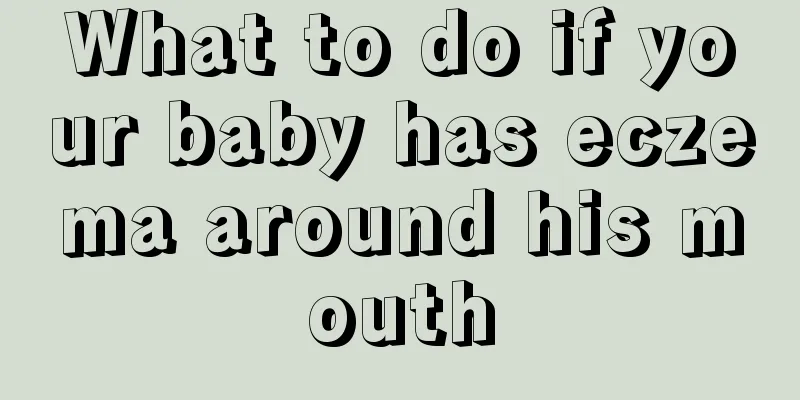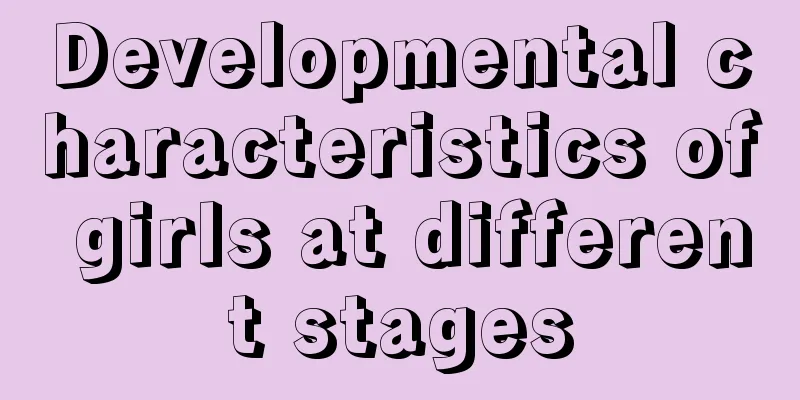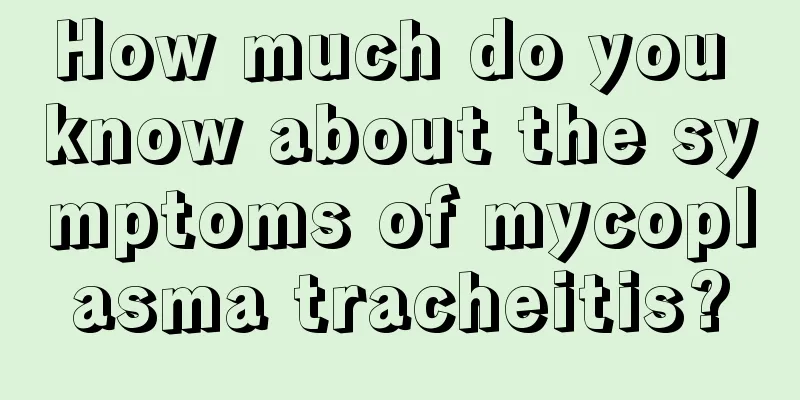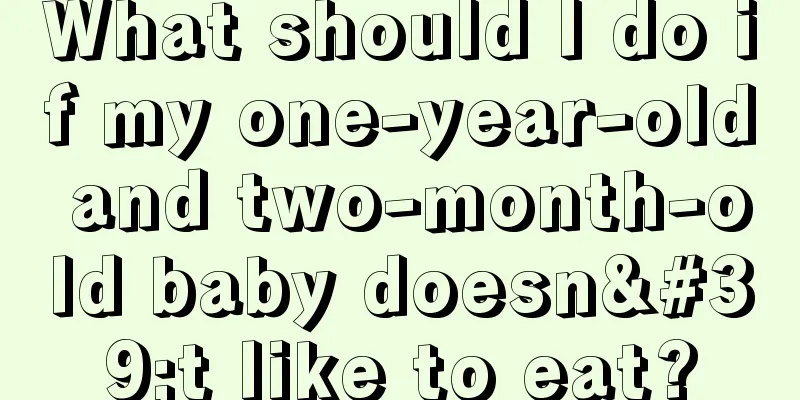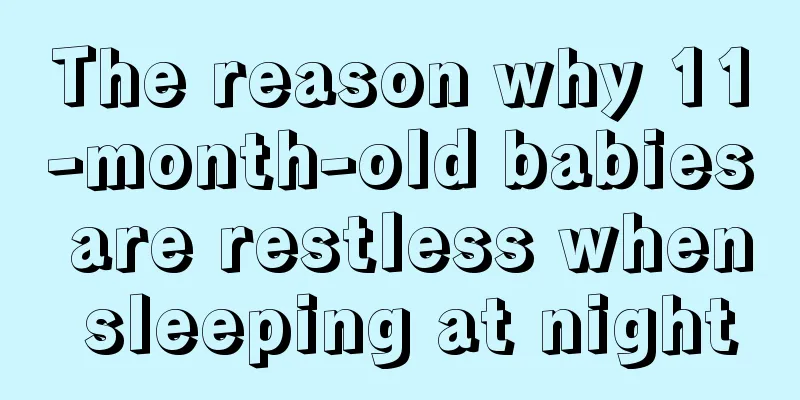Does my child have ADHD if he can’t sit still?
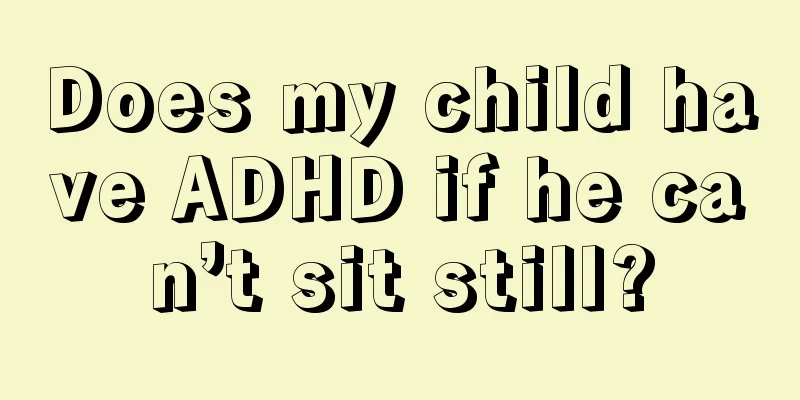
|
Children under the age of six are the most restless physically. They often show no ability to control their behavior and talk back to their parents. Therefore, many parents mistakenly think that these symptoms indicate their children have ADHD. ADHD also needs to be judged carefully. Children before the age of six have many physical manifestations, and it is not easy for them to concentrate. They are very naughty, similar to ADHD, but in fact they are not necessarily true ADHD. How to identify whether a child has ADHD? (1) Overactivity: The child is restless, hyperactive, and prone to crying and difficulty meeting demands. As they grow older, their activity level increases. They make more small movements in class, run around, jump around, talk a lot, fail to observe discipline, and ignore danger. (2) Inattention: This is manifested as not paying attention in class, the mind wandering, being easily attracted by things around, and being easily distracted by external interference. The handwriting is sloppy, the students procrastinate when doing homework, make frequent mistakes, and never finish what they start. (3) Impulsiveness and willfulness: Children with ADHD have volatile emotions and are easily agitated, angry, quarrelsome, and lack self-control. They behave childishly, love to play, skip school, fight, and even lie and steal, embarking on the road of crime. A few have personality and behavioral defects as adults. (4) Learning difficulties: Although most of them have normal intelligence, their academic performance is poor and fluctuates. It is sometimes good and sometimes bad. If they make progress, their performance will improve, but if they don’t make progress, their performance will decline. As they move into higher grades, their performance gradually declines, and some may even fail or repeat a grade. (5) Poor self-control: Children with this disorder are extremely emotionally unstable. When they are happy, they laugh, sing, and dance. When they are unhappy, they lose their temper and are prone to hurting others or themselves. They also refuse to obey the discipline of teachers and parents. (6) Abnormal behavior: Children with this disease often show clumsy movements, such as having difficulty buttoning, tying shoelaces, using scissors, etc., and they do not walk in a straight line. Some children cannot distinguish left from right, up from down, have spatial position disorders, and are prone to misreading or writing similar words. |
<<: Symptoms and treatment methods of spleen deficiency in children
>>: What are the symptoms of spleen deficiency in children?
Recommend
How to treat nodular goiter in children?
If a child suffers from nodular goiter, he or she...
Standard height and weight of a five and a half year old baby
Nowadays, many parents measure their children'...
What's going on with the lumps on both sides of my child's neck?
Small bumps are a kind of skin disease that is pa...
How many months does a child start talking?
With the development of society, more and more pa...
At what age do children usually have underarm odor? What Parenting Experts Say
Many axillary odor diseases are inherited from th...
What medicine is good for children's nosebleeds? Finding the cause is the most important
Sometimes children will have nosebleeds for no re...
Five-month-old baby's brain is nourished, and dietary conditioning has a good effect
For a five-month-old baby, you can eat a moderate...
How to distinguish the authenticity of one-year-old baby milk powder
Milk powder is food for children. It is also what...
What should I do if my baby's head sweats?
With the continuous birth of new babies, parents ...
What to do if your child's baby teeth become loose
Loosening of deciduous teeth is a sign that a chi...
What causes children's attention deficit?
If a child has attention distraction, it will eas...
What can a 2-year-old eat to grow taller?
As people's lives become more and more afflue...
What should I do if my child’s skin is itchy? This will be more effective!
If the baby's skin is itchy, they will scratc...
What to do if your baby has loose stools
Every baby is a small seedling, and small seedlin...
How to prevent acute bronchitis in children
Preventing acute bronchitis in children is an iss...


